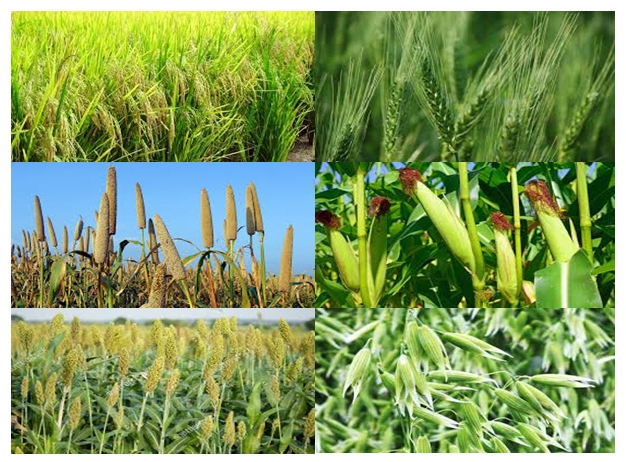India's Impact on Global Warming
Source: The Hindu
Introduction:
The US Environmental Protection Agency(EPA) has pointed out that since the industrial revolution(1800), human activities have released large amounts of Carbon Dioxide due to fuel burning & other greenhouse gases like methane, nitrous oxide, compounds of sulphur, phosphorous, ozone into the atmosphere, changing the earth's climate.
Alarming Increase:
- Atmospheric carbon dioxide levels have increased by over 40%, from 280ppm in the 18th century to 414ppm in 2020.
- India's population increased from 170 million people in 1800 to 1.4 billion.
- India's industrial revolution started after independence (75 years), helping to decrease poverty but increasing atmospheric carbon dioxide & greenhouse gases.
- 70% of India's population is rural its occupation is agriculture, according to the Food & Agriculture Organisation(FAO).
- This gives a food grain production of 275 million tonnes.
| India is the second largest producer of rice, wheat, sugar cane, cotton, and ground nuts. It becomes important that India reduce its carbon footprint, more in its farming sector. |
- By using solar panels in fields, farmers avoided diesel for groundwater pumps.
- Climate-friendly agriculture offers new income sources & is more sustainable, which makes India's carbon emissions could drop by 45-62 million tonnes annually.
- Indian farmers not only grow rice & wheat but produce other food grains as well.
- They grew about 121.5 million tonnes of rice, and 109 million tonnes of wheat during 2020-2021.
- Other food grains like millets(bajra), Cassava and others are also grown. 12 million tonnes of millets are grown.
- 28.6 million tonnes of maize is grown every year.
| The Government and professional groups have helped rural farmers put in solar panels to save money & gain greater income. |

Nutritional Values:
|
Millets
Rice
Wheat
|
Thus, it is healthy to add more millets to our diet and wheat is superior to rice.
Common Goal:
- India has about 20-39% vegetarians & 70% of the population eats meat- chicken, mutton, and fish.
- India with its many rivers, has a vast coastline which is rich in fish and fish have high nutritional value, helping in the reduction of a carbon foot print.
Epilogue:
With farmers, meat sellers, and fishermen, each contributing to India in reducing its carbon foot print, we can hope to be an exemplary nation for the EPA.




